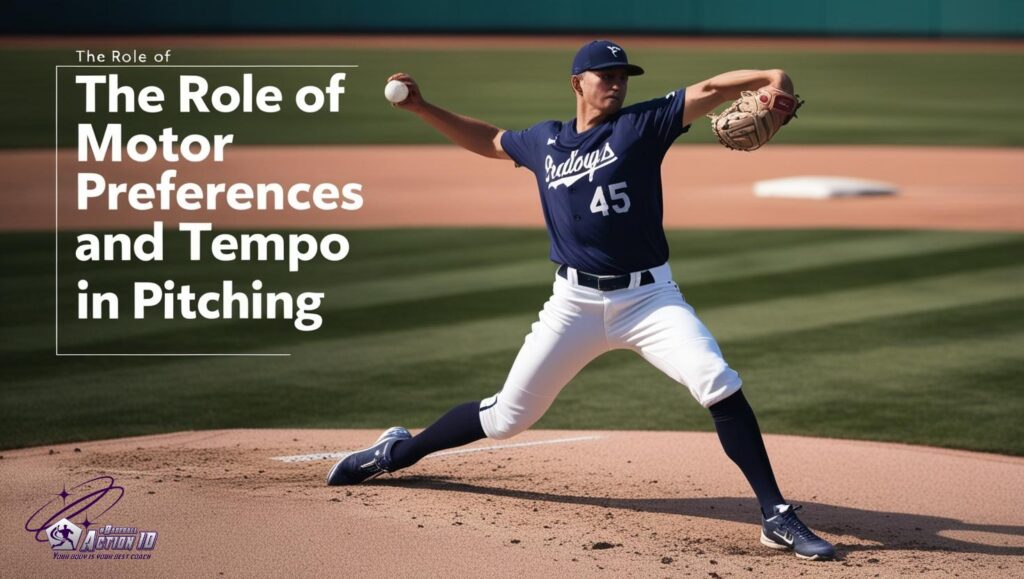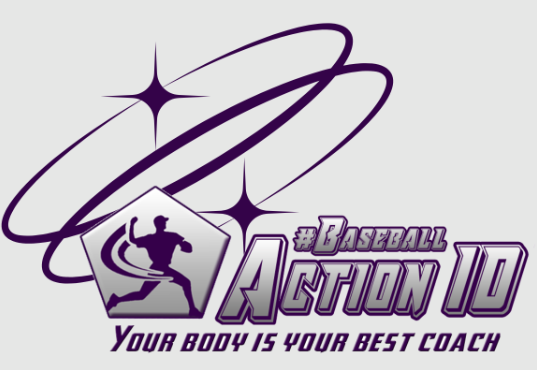Unlock Pitching Success: Tempo, Coordination & Control for Elite Results

Last week, I had an insightful conversation with a former MLB Pitching Coordinator who still works in Player Development for his Major League Baseball organisation. During our discussion, we touched on pitching tempo, and he made an interesting observation:
“For years, many U.S. pitchers were told to slow down, though this has shifted in the last 5–8 years. In professional baseball, tempo is one of the most frequently adjusted aspects of a pitcher’s delivery.”
This got me thinking—we haven’t fully explored tempo from a motor preferences standpoint. So, let’s dive deeper.
The Three Essential Keys to Elite Pitching Performance
Achieving peak pitch performance comes down to three crucial elements: timing, rhythm, and coordination. These factors determine how efficiently and effectively a pitcher moves, ultimately shaping their success on the mound.
Timing: The Foundation of Efficient Movement
Timing is the precise energy distribution in time and space, directly impacting acceleration and delivery efficiency. Without proper timing, even the most talented pitchers struggle to maximize their potential.
Rhythm: The Pitcher’s Unique Identity
Rhythm is deeply personal—every pitcher has a natural flow that allows them to perform at their best. Disrupting this rhythm—whether by forcing a faster or slower tempo—creates resistance and inconsistency. Instead of pushing a pitcher to change their natural tempo, the key is to reduce unnecessary focus points, allowing for a smoother, more natural delivery.
Coordination: The Key to Unlocking Elite Performance
Coordination ties everything together. It is the result of perfect timing within a pitcher’s natural rhythm. When a pitcher struggles with command and control, the industry often blames “mechanical issues.” However, this is often a misdiagnosis. The root cause may be disruptions in the perception-action cycle caused by timing and rhythm issues. When timing and rhythm are off, a pitcher’s movement no longer syncs with their natural coordination, leading to inconsistency.
The Role of Motor Preferences and Tempo
A pitcher’s tempo is driven by their motor preferences, which are deeply connected to their cognitive and emotional traits, not just their so-called motor side. However, an overlooked aspect is the type of activation level the individual has ingrained in his motor profile, which significantly impacts tempo and movement efficiency.
High Activation vs. Low Activation: The Hidden Factor in Pitching Tempo
Pitchers can be categorized by their activation level, which influences how they generate movement:
- High Activation Pitchers: Tend to have higher muscle tone, favoring short, explosive movements. They often thrive with a faster tempo, using quick, compact movements to generate power efficiently. If forced to slow down unnaturally, their movement pattern becomes rigid and inefficient.
- Low Activation Pitchers: Operate with lower muscle tone and prefer smoother, more fluid movements. They often excel with a slower, more rhythm-based tempo, relying on flow and sequencing rather than raw explosiveness. If forced to speed up, they may lose their natural coordination.
Why Understanding Activation Levels Matters for Coaching
- Forcing a high-activation pitcher to slow down disrupts their natural energy release, making them feel sluggish and uncoordinated.
- Pushing a low-activation pitcher to speed up can cause them to rush through their delivery, leading to timing errors and reduced command.
Optimizing Tempo Based on Individual Needs
The pitchers’ pace—how fast or slow they move through their delivery—is influenced by their motor signature. The key is identifying the optimal tempo for each pitcher, aligning it with their natural motor preference signature, to help them achieve peak performance.
🔑 Key takeaway:
Tempo isn’t just about movement mechanics; it’s a reflection of a pitcher’s natural coordination, motor preferences, cognitive style, and emotional processing. Coaching should respect and adapt to these individual traits rather than forcing an unnatural change.
